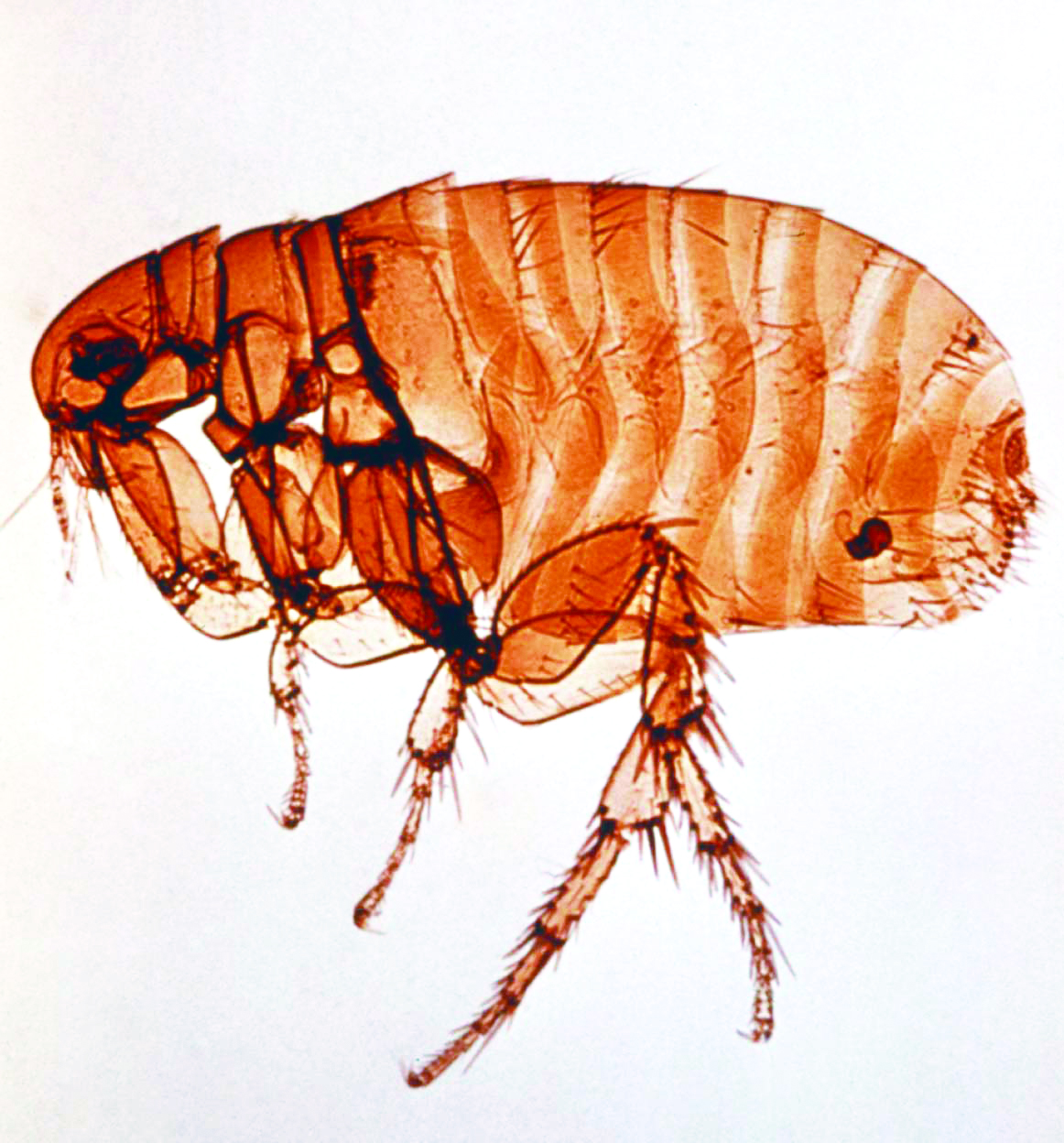"How do
I know if I have fleas in my house?"
The
best way to tell if you have a flea problem is to run a flea comb
(or fine tooth comb) through your dog/cat's fur around the rump
region (above where tail meets the body). On cats, you may
not find signs because they are so meticulous about grooming.
Use the comb on the base of your cat’s neck and along the midline
of the back where they have trouble reaching. Flea excrement
is released as they feed. If your pet has fleas feeding on
them, then you will find “flea dirt” or droppings. This looks
like pepper in your pet’s fur and will turn a reddish/brown color
when wet on a paper napkin. Many pet owners will mistake this
for regular dirt.
"Why is
my dog/cat not itching a lot if it has fleas?"
As
with most insects, some animals are allergic to fleas while others
are not. Pets with flea allergy dermatitis will scratch
themselves raw while those who are not allergic may only scratch a
few times a day. Pets who do not scratch may have the
heaviest infestation. This is why ALL animals should be
treated within the household, not just the ones that are itching.
"I
treated all of my pets, so why do I still have fleas?"
There
are three points of attack when dealing with a flea
infestation. Please keep in mind it may take
months to rid your house of
fleas:
- The
Pet - Treat with topical/oral products that are approved by the FDA
or EPA. EPA approved products will have an EPA # on the
package while FDA approved products will have a NADA or ANADA # on
the package. If neither is found, please consult with a
veterinarian before using the product.
- The
Yard - Treat with insecticide approved for use by the
EPA.
- The
House - Treat by vacuuming the entire house (carpet, hard floors,
furniture) and clean any bedding that your animals come in contact
with. Do this daily while treating your pets. Only
about 10% of fleas are on your pets, the rest are in the
environment. If this method is not enough, then call an
exterminator or spray your house with a pet safe spray. Bombs
are not very effective because they do not reach under furniture
where flea larvas dwell.
